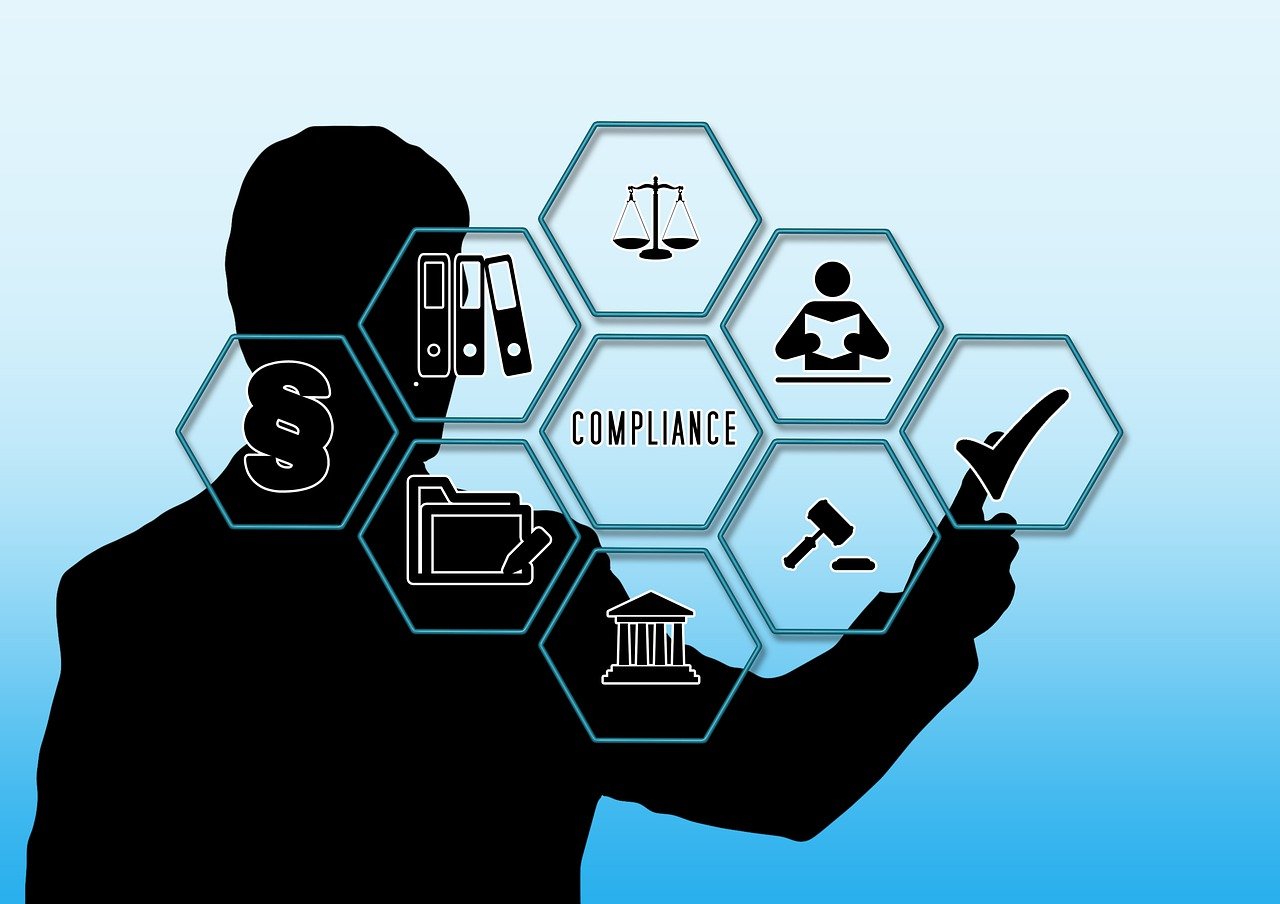
With compliance demands mounting, businesses are discovering that regulatory mandates can drive more than just red tape. Understanding and following all of the applicable laws and regulations can be daunting enough on its own, and documenting and proving compliance is an additional difficulty. But, as cyber threats grow in sophistication, companies are learning to leverage compliance for greater resilience, transforming it from a burdensome requirement into a strategic advantage.
With the role of cybersecurity compliance evolving, organizations are increasingly able to use regulatory requirements to their benefit, enhancing business capabilities rather than detracting from them. This shift marks a new phase in cybersecurity, where compliance isn't merely about avoiding fines but fostering innovation and enhancing operational strength.
The Evolution of Cybersecurity Compliance
With the rapid development and constantly shifting trends of the general technology and cybersecurity landscapes, the role of cybersecurity compliance is also evolving to keep up. The growth in popularity of artificial intelligence and machine learning, cloud services, remote and hybrid working environments, and even the geopolitical climate all have an impact on cybersecurity and compliance. Data is more abundant, more valuable, and more spread out than ever before, and cybercriminal tactics grow more and more advanced each day, creating a complex landscape of threats and regulations.
One major way that cybersecurity compliance has evolved is in organizations’ approach to it. “Smart, mature organizations have integrated compliance to not just include mandatory compliance, but also their own internal compliance standards,” according to Ira Winkler, CISO at CYE. “This establishes a consistency and oversight of all efforts.”
Less mature organizations, on the other hand, are more likely to continue treating compliance as a burdensome task, something to get out of the way with as little effort as possible in order to get around to more important matters. These businesses are not able to reap the benefits that come with the application of a cohesive standard of cybersecurity across the entire organization.
Compliance Driving Innovation and Advances
Rather than creating a drag on business performance just to fulfill the bare minimum requirements and check a box, maintaining regulatory compliance can create an environment ripe for technological innovation. Integrating compliance requirements with your organization’s larger cybersecurity goals and initiatives can do far more than simply protect against cyberattacks and prevent penalties for noncompliance.
By equipping all employees to play their roles in the security of the organization, you can foster a cybersecurity-minded culture where everybody recognizes the importance of maintaining best practices. Creating this environment allows innovation to flourish as new and emerging technologies and tactics can be incorporated without sacrificing the organization’s security. It also enables organizations to carry out digital transformation initiatives without exposing themselves to unnecessary cyber risks.
Compliance requirements themselves often mandate the use of advanced tools, incentivizing organizations to implement measures like encryption and multi-factor authentication. They also necessitate proactive intelligence and prevention measures against emerging and developing threats, driving research and development and promoting innovation in security methods and practices.
Turning Compliance into a Strategic Advantage
Leveraging compliance and using it to further cybersecurity goals can give an organization a strategic advantage in cybersecurity. Taking regulatory requirements and incorporating additional security measures to create a robust security strategy can ensure optimal efficiency and effectiveness against threats. The application of strong, consistent processes and practices across the organization helps the business to go beyond the bare minimum and enhance its security in the long term.
Organizations should seek to align compliance requirements with business goals by taking steps like:
- Obtaining comprehensive visibility and insight into the organization’s systems, networks, devices, and data in order to effectively ensure both security and compliance.
- Clearly defining business goals.
- Understanding the areas of greatest risk within the organization, including where sensitive data is located and where existing security measures may be falling short.
- Fostering a culture of cybersecurity and accountability and equipping all employees to understand and fulfill their role in the security of the organization.
- Understanding all applicable cybersecurity laws and regulations in order to implement measures to maintain compliance.
- Establishing an organization-wide standard to ensure that organization leaders, stakeholders, and employees are on the same page regarding security and compliance.
Future Trends in Regulatory Compliance
Looking ahead, a number of trends are projected for the future of regulatory compliance. Many governments and regulatory bodies are attempting to implement increased scrutiny, stricter compliance requirements, and harsher penalties for noncompliance. As the threat landscape becomes ever more complex and sophisticated, cybersecurity regulations do the same.
Regulations are also expected to focus more on third-party risk management in the future. Many organizations have massive and convoluted supply chains with many third-party partners, and cybercriminals have recently targeted third-party organizations as a means of infiltrating their partners. Organizations may be motivated to mitigate third-party risks of their own accord, but compliance trends are also increasingly including considerations for third-party risk management.
As AI technology becomes more and more integrated into business operations, security processes, and cybercriminal tactics, it also has the potential to streamline compliance processes. With tools to automate a wide range of repetitive and time-consuming tasks associated with ensuring and proving compliance, organizations can make their compliance processes more efficient and effective.
Looking to the future of compliance and keeping up to date on regulatory trends is vital not only for maintaining compliance and avoiding penalties but also for strengthening your security posture overall and driving innovation and growth. By aligning compliance with business goals and strategically applying improved cybersecurity practices, organizations can fortify their overall cyber resilience and turn regulatory compliance into a business advantage.